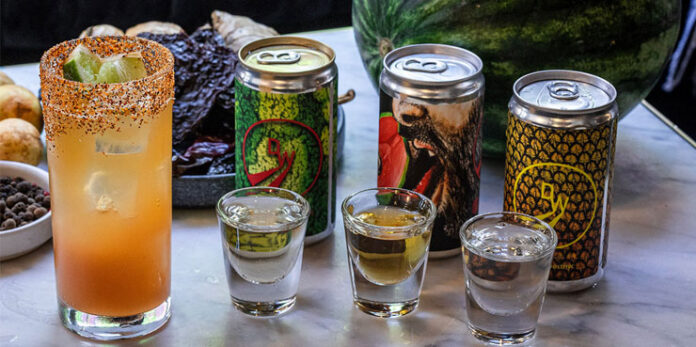Hard seltzer may have hogged the spotlight of the ready-to-drink beverage alcohol market in recent years, but spirit-based RTDs and canned cocktails are providing the buzz today.
The U.S. RTD market grew 1.3% in 2022, according to Statista, reaching a value of $4.8 billion. IWSR also expects RTDs to make incremental volume gains from 2022 to 2027, expanding at a compound annual growth rate (CAGR) of 1%. This is largely due to consumers shifting from malt-based, seltzer-like RTDs to spirits-based products.
What’s driving RTD category growth? The key cocktails and long drinks (typically a soda mixed with liquor) subcategory, according to the IWSR Drinks Market Analysis, along with products that sit within the premium and above price bracket.
Across all markets tracked by IWSR in a 2021 study, spirit-based RTDs — especially those made with vodka — held 45% category volume share and are driving innovation. IWSR forecasts that cocktails and long drinks will spur the most growth in RTDs globally, with volumes expected to command 26% of the total RTD category by 2026, compared to just 20% for hard seltzers.
Cocktails and long drinks will see their share of RTD volumes grow 4% across the key markets from 2022 to 2027, IWSR says. Meanwhile, hard seltzers are expected to shrink 11% during the same timeframe.
Retailers already see this trend. “Seltzers, whether they be White Claw’s or Truly’s, are suffering with the migration of liquor-based RTDs,” says Charles Sonnenberg, CEO and president of Frugal MacDoogal in Nashville, TN.
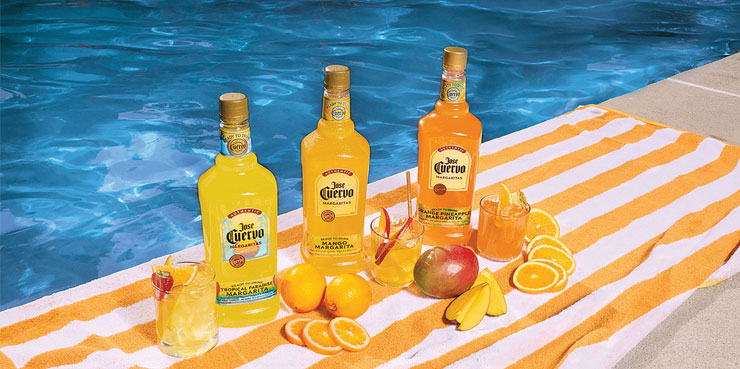
Higher-octane RTDs in Greater Demand
At Randall’s Wine & Spirits in St. Louis, MO, best-selling spirit-based RTD brands include On the Rocks Cocktails, Monaco Cocktails, Cutwater and Cuervo Authentics, says store owner Todd Randall.
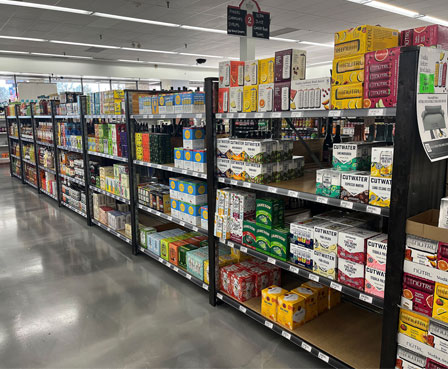
Jack Backman, owner and manager of Cheers Liquor Mart in Colorado Springs, CO, sees similar trends in his store, with Cutwater and Cuervo driving RTD sales.
The popularity of spirit-based RTDs could be linked to a desire for more potent potables. “I think it’s a combination of wanting higher ABV, but consumers also want to see on the label that it says vodka or a liquor as opposed to not having it on there,” says Frugal MacDoogal’s Sonnenberg. “They realize that if the drink has a liquor in it, it will automatically have higher proof, so they prefer to drink a spirit.”
Randall has also noticed a desire for higher-ABV RTDs. “When Cuervo Authentics came out with a double strength Margarita, it was selling better than the regular strength,” he notes. “Customers prefer more proof, so I definitely think that the increase in ABV is something people are looking at.”
Alongside higher ABV, Backman suggests that consumers seek a certain “flavor or mixture” and lean towards the bigger, more recognizable brands. “The 30 Proof Salvador’s, as well as the double strength and Cuervo Golden’s are better sellers,” he says.
As customers get to know brands and determine what they like flavor-wise, IWSR research found that they are more likely to purchase RTDs in larger bottles, while hard seltzer users show a relatively higher preference for multipacks. Overall, the vast majority of consumers prefer single-serve sizes, whether purchased separately or in multipacks, IWSR says.
The On-premise Angle
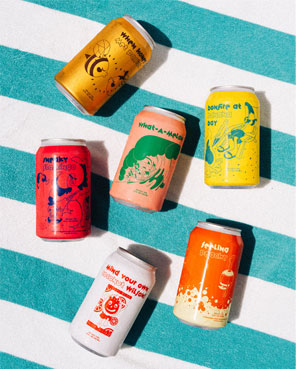
Consumers also order RTDs at a variety of on-premise venues. According to CGA by NIQ’s 2023 U.S. Channel Strategy Report, consumers who typically order RTDs do so most often when visiting experiential bars (24%) and airport bars (22%), making these venues a crucial focus for brands and suppliers looking to capitalize on the category.
A portion of RTD drinkers already know what they plan to order at the bar before they visit, according to the report. This underlines the importance of building loyalty with customers outside of on-premise channels, and conducting due diligence with marketing.
Some bars have even created their own branded canned cocktails. For instance, Death & Co., with locations in New York, Denver, Los Angeles and Washington, D.C., in late 2022 unveiled a line of RTD cocktails created in collaboration with craft spirits portfolio The Craft Spirits Cooperative.
Rosewood Miramar Beach in Montecito, CA, recently launched a collection canned cocktails crafted by director of bars Sam Penton. Priced at $24 each (two servings per can), the RTD line includes When Honey met Passion, with Aviation gin; Bonfire at Banana Bay, with Del Maguey mezcal; What-a-Melon, featuring Santa Teresa rum; and Mind You Coconut, Wilson, featuring Avion tequila.
New York gastropub Due West began offering canned cocktails at the start of the pandemic in 2020. The craft RTDs, available at Due West or for takeaway in a pack of six for $45, have become a permanent staple due to popular demand, with some flavors rotated out seasonally. And Stephen Talkhouse, the Hamptons, NY-based venue frequented by performers and celebrities, in February introduced Talkhouse Encore, a line of fruit-forward, spirits-based RTDs.
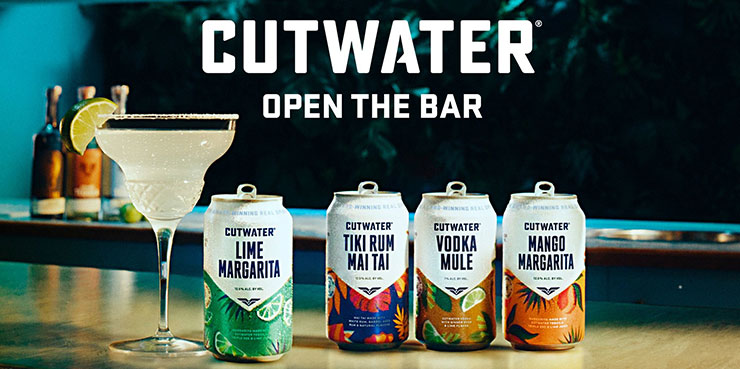
A Bubbly Future
RTDs show no signs of slowing down. Despite the impact of the cost-of-living crisis on consumer incomes, CGA by NIQ’s 2023 report found that seven out of the 10 markets covered in the report registered double-digit volume growth for premium-plus RTDs. This suggests that there is still plenty of headway for growth for higher-priced products.
“RTD sales have definitely increased in our store in 2023,” says Backman. “We have been fighting the chain stores for wine sales since the law [allowing grocery and convenience stores to sell wine in Colorado] in March, so giving the RTDs more space and attention has helped both them and us.”
Finding shelf space for all the RTD contenders is a challenge, however. “There’s limitations on shelf space, even for us,” Randall says.
“Plus, I can only imagine this issue at chain stores like Total Wine and BevMo!. No one built their stores with never-ending shelf space, so it’s tough to compete.”
Backman of Cheers Liquor Mart agrees. “I did at least four resets of our RTD section in 2023,” he says. “Every time I got it the way I wanted, two or three more brands came out with three or four flavors each.”
The major brands are pushing the little guys out of the market, especially in the canned segment, Backman notes. The competition makes it difficult to go head-to-head with the well-known brands.
Another issue is a lack of marketing that has hurt some new RTDs, Randall says. With so many brands making their way into the category, unless beverage producers promote their drinks properly, they just become another product on the shelf in a sea of other RTDs.
Still, Randall thinks the RTD market has plenty of opportunity for growth. Between the different flavors, the addition of spirits and the fact that consumers don’t have to mix the drinks themselves, canned cocktails seem to be exactly what people are looking for.
As with any hot and overserved category, there will likely be a shakeout. “A lot of RTD customers are still experimenting with brands and drink types,” Backman says. “I think once the ‘newness’ wears off, people will look more towards which brand tastes best and which one has the bigger bang for their buck.”

